Home>Ideas and Tips>How To Design A Cottage-Style Rain Garden With Native Plants
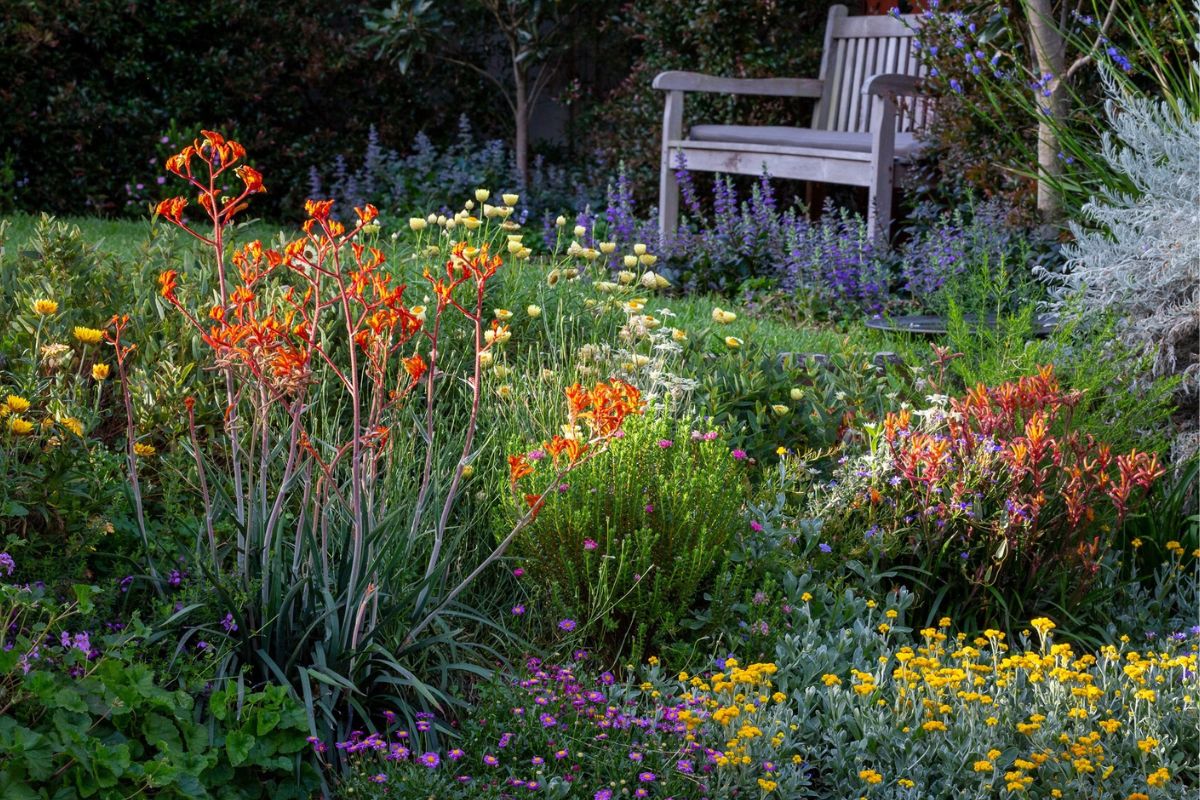

Ideas and Tips
How To Design A Cottage-Style Rain Garden With Native Plants
Modified: October 20, 2024
Learn how to design a charming cottage-style rain garden with native plants, enhancing your landscape while promoting sustainability.
(Many of the links in this article redirect to a specific reviewed product. Your purchase of these products through affiliate links helps to generate commission for Storables.com, at no extra cost. Learn more)
Creating a cottage-style rain garden that incorporates native plants is a fantastic way to enhance your home's landscape while contributing to environmental sustainability. This article will guide you through the process of designing and implementing such a garden, highlighting the benefits of using native plants and providing practical tips for each step.
A rain garden is a shallow depression in the ground that collects and filters rainwater, allowing it to slowly infiltrate the soil. This natural approach to stormwater management not only reduces the burden on local drainage systems but also creates a beautiful and diverse garden. Combining this concept with the charm of a cottage garden, which typically features a mix of flowers, shrubs, and sometimes small trees, can result in a unique and visually appealing landscape feature.
Benefits of Native Plants
Native plants are essential for creating a sustainable and low-maintenance rain garden. They’ve evolved over time to thrive in local conditions, requiring minimal fertilizers and water. Here are some key benefits:
- Environmental Impact: Native plants are easy on the environment because they require no fertilizing or watering. This reduces the need for chemical runoff and conserves water.
- Biodiversity: Native plants provide food and habitat for local wildlife, including insects, birds, and small mammals.
- Low Maintenance: Many native plants have deep and extensive root systems that help loosen the soil, allowing water to infiltrate quickly. This reduces the need for frequent pruning or weeding.
- Aesthetic Appeal: Native plants come in a variety of colors, textures, and shapes, ensuring that your rain garden remains visually interesting throughout the seasons.
Choosing the Right Location
Before you start designing your rain garden, it's crucial to choose the right location. Here are some guidelines:
- Avoid Building Foundations: Ensure that your rain garden is at least 10 feet away from building foundations to prevent water from seeping into the house.
- Utility Lines: Make sure to avoid underground utility lines such as electric cables, gas pipes, and septic systems.
- Drainage Patterns: Note the direction of runoff and low spots where water collects. These areas are ideal for rain gardens.
- Sunlight: The site should receive full sun to partial shade. This will help in selecting the right plants that can thrive in these conditions.
Preparing the Site
Once you've identified a suitable location, it's time to prepare the site:
- Remove Lawn or Vegetation: Clear the area of any existing lawn or vegetation.
- Evaluate Native Soil: Assess your native soil type. Clay soil drains more slowly than sandy soil, so you may need to amend it with compost if necessary.
- Test Soil Drainage: Dig a hole about 6 inches deep and fill it with water. If the water infiltrates within 24 hours, your soil is likely suitable for a rain garden.
Digging Your Rain Garden
Digging your rain garden involves creating a shallow basin that slopes from the outer edges to the deepest point at the center:
- Depth: The ideal depth is between 6 to 8 inches deep.
- Slope: Ensure that the basin slopes slightly towards the center to allow water to collect and infiltrate.
- Soil Amendment: Use the removed soil to create a berm around the perimeter of your rain garden. Add topsoil or compost to amend the soil in the basin, making it more hospitable for plant growth.
Selecting Plants
Choosing the right plants is crucial for both aesthetics and functionality:
- Native Plant Species: Select plants that are native to your region. These plants have evolved to thrive in local conditions and require minimal maintenance.
- Water Tolerance: Include plants that can tolerate moisture as well as intermittent dry spells.
- Diverse Planting: Mix different foliage, texture, and flowers that bloom at different times for season-long interest.
- Marginal Plants: Add marginal plants around the perimeter that are more drought-tolerant, such as canna lily, iris, or lobelia.
Some examples of native plants suitable for rain gardens include:
- Sedges and Grasses: These have deep root systems that help loosen the soil, allowing water to infiltrate quickly.
- Rushes: These plants are often found in wetland areas and can thrive in saturated soils.
- Flowering Plants: Echinacea purpurea (Purple Coneflower), Rudbeckia (Black-eyed Susan), and Phlox paniculata (Garden Phlox) are excellent choices for their vibrant colors and ability to attract pollinators.
Read more: How To Design A Cottage-Style Garden
Integrating with Other Gardens
A rain garden doesn't have to be separate from other plantings:
- Depression within a Perennial Bed: Create a depression within an existing perennial bed or shrub border if space is tight.
- Multiple Rain Gardens: Consider creating multiple rain gardens for repetition and continuity. For example, you could place one near each downspout or add other water features like fountains or birdbaths.
Design Tips
Here are some additional design tips to make your rain garden more attractive and user-friendly:
- Edging: Use decorative stones or other materials to create neat borders around your rain garden.
- Pathways: Build an attractive pathway using river rocks or other materials that lead visitors through the garden.
- Seating Area: Create an adjacent seating area where you can enjoy the beauty of your rain garden.
- Hardscape and Accessories: Add other hardscape elements like benches, birdhouses, or sculptures to enhance the aesthetic appeal.
Creating Repetition
To lend cohesion to your landscape, consider creating multiple rain gardens or integrating them with other water features:
- Multiple Rain Gardens: Place one rain garden near each downspout or create a series of small rain gardens throughout your yard.
- Water Features: Add other water features like fountains, birdbaths, or small waterfalls to repeat the water theme.
Aesthetic Considerations
While functionality is crucial, aesthetics should not be overlooked:
- Formal vs Wild: A rain garden can be as formal or as wild as you like. Pay attention to how it looks with your home’s facade.
- Monocultural vs Polycultural: Monocultural rain gardens are okay as long as they fit with your overall design. However, polycultural gardens featuring a mix of plants will provide more visual interest.
Read more: How To Design A Cottage-Style Flower Garden
Planting Your Rain Garden
Once you've selected your plants and prepared the site, it's time to plant:
- Planting Drifts: Plant in larger drifts of 3 to 5 plants for greater visual impact.
- Watering: Water well after planting and add a layer of organic mulch to suppress weeds and retain moisture.
- Seedlings vs Seeds: Use seedlings instead of seeds for faster establishment. Seedlings can be planted at one-foot intervals for quicker coverage.
Maintenance Tips
While native plants are low-maintenance, some upkeep is still necessary:
- Weeding: Regularly remove weeds that can compete with your native plants for water and nutrients.
- Mulching: Add organic mulch annually to retain moisture and suppress weeds.
- Pruning: Prune plants occasionally to maintain shape and promote healthy growth.
Conclusion
Designing a cottage-style rain garden with native plants is not only an environmentally friendly choice but also a visually appealing one. By following these steps—choosing the right location, preparing the site, digging your rain garden, selecting native plants, integrating with other gardens, creating repetition, considering aesthetics, planting your garden, and maintaining it—you can create a beautiful and sustainable landscape feature that enhances both your home's beauty and the local ecosystem.
Remember, nature is your palette when designing a rain garden. With native plants and thoughtful planning, you can create a haven that not only captures rainwater but also provides a vibrant display of color and life throughout the seasons.
Was this page helpful?
At Storables.com, we guarantee accurate and reliable information. Our content, validated by Expert Board Contributors, is crafted following stringent Editorial Policies. We're committed to providing you with well-researched, expert-backed insights for all your informational needs.
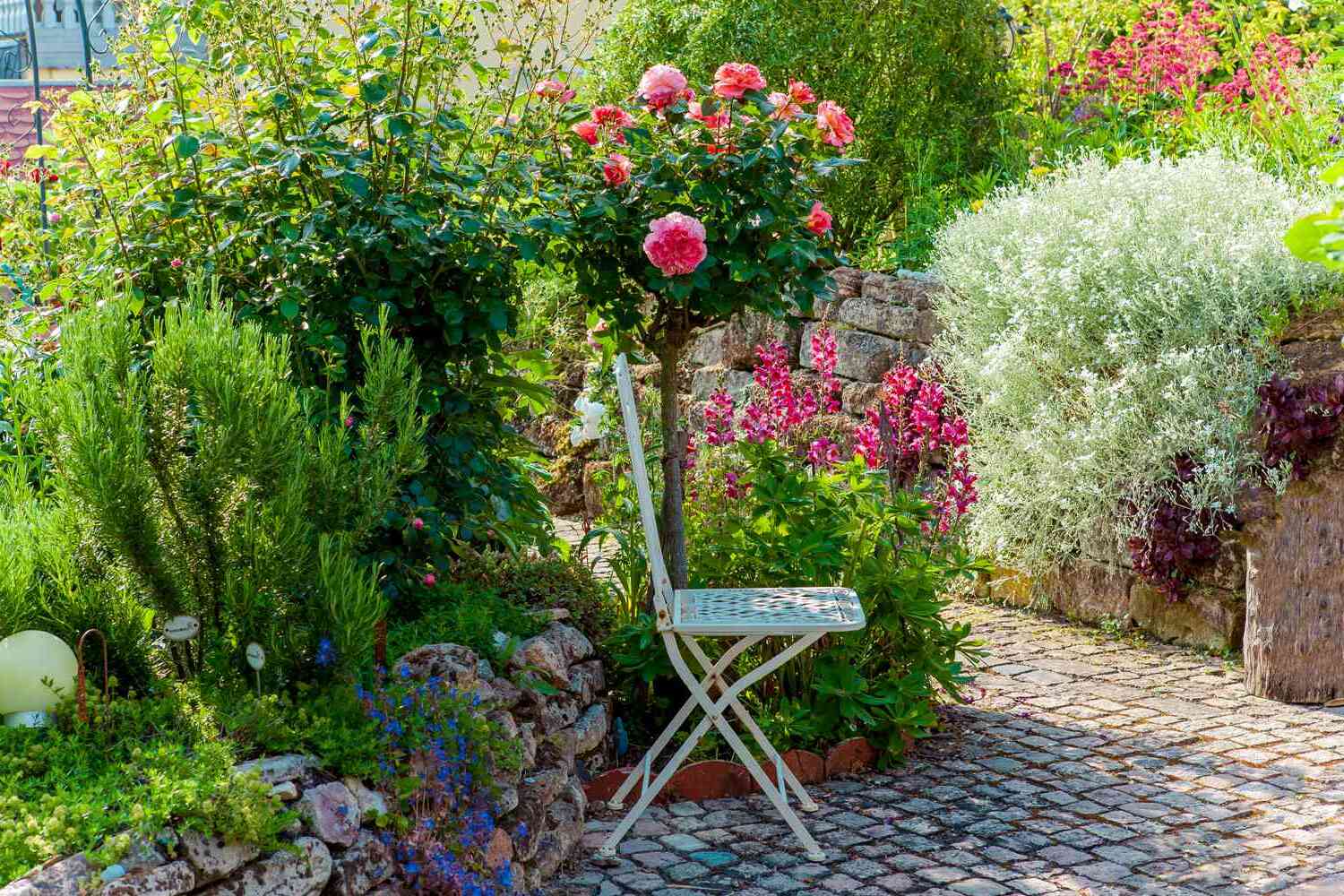
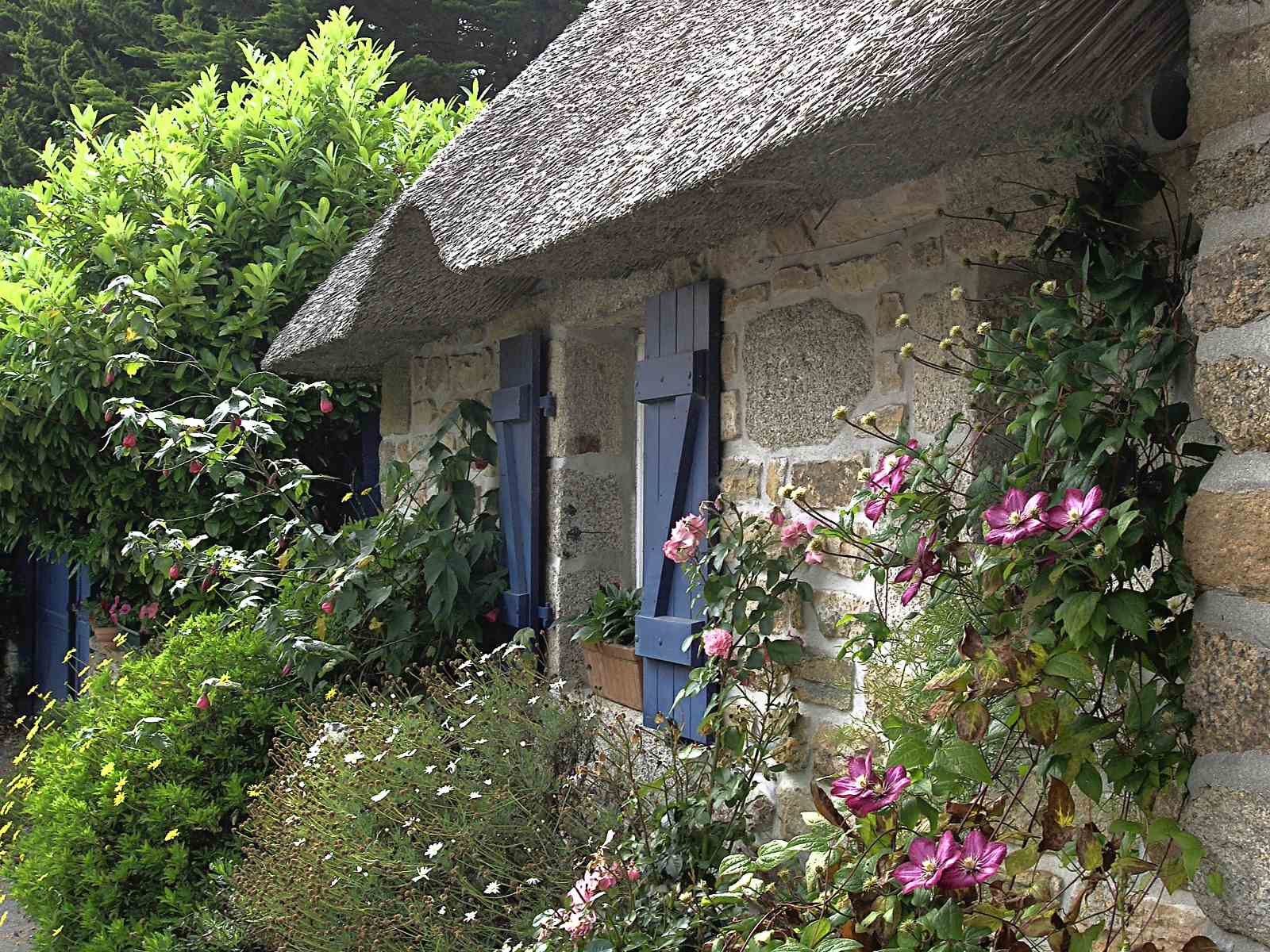
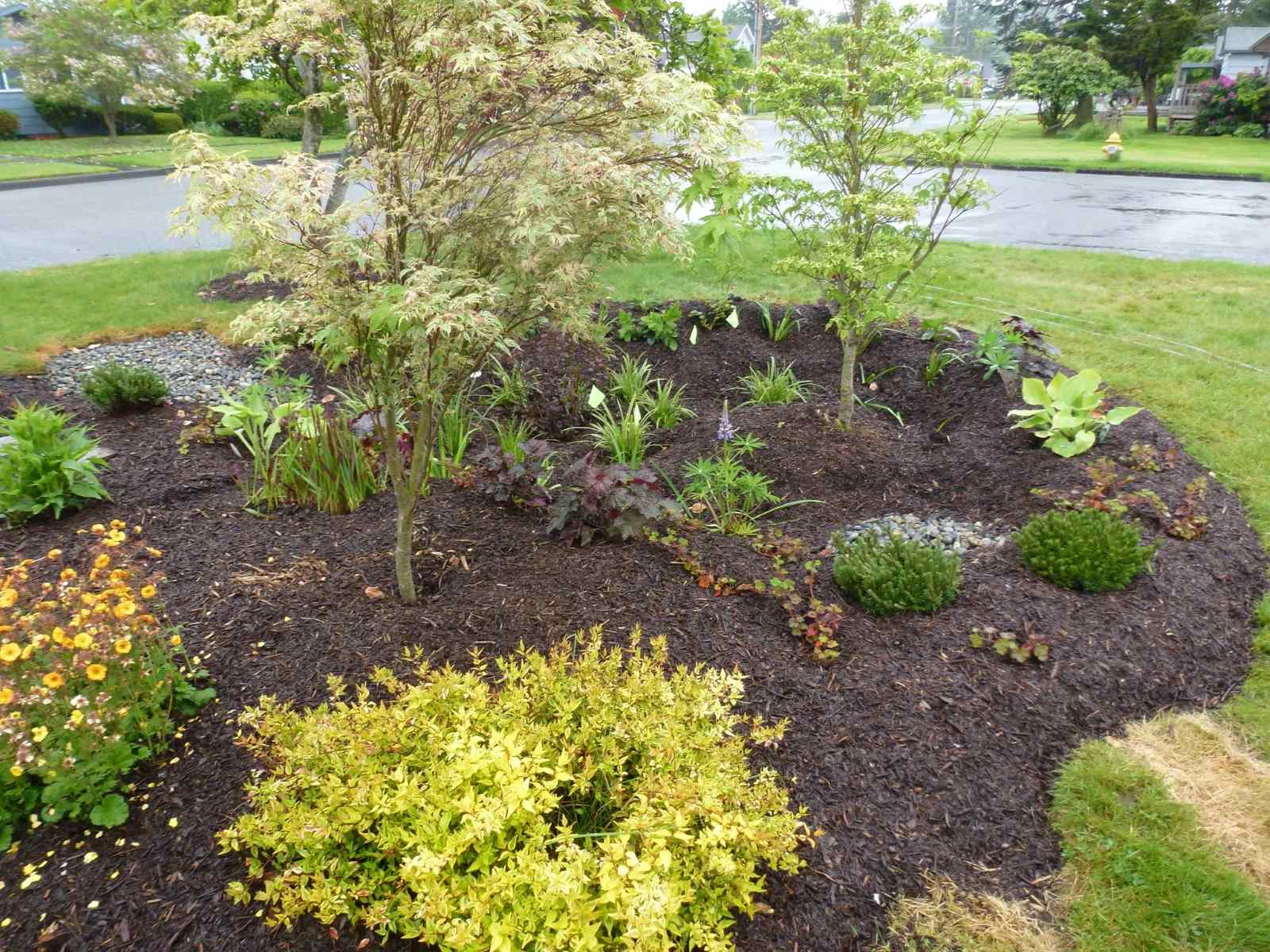
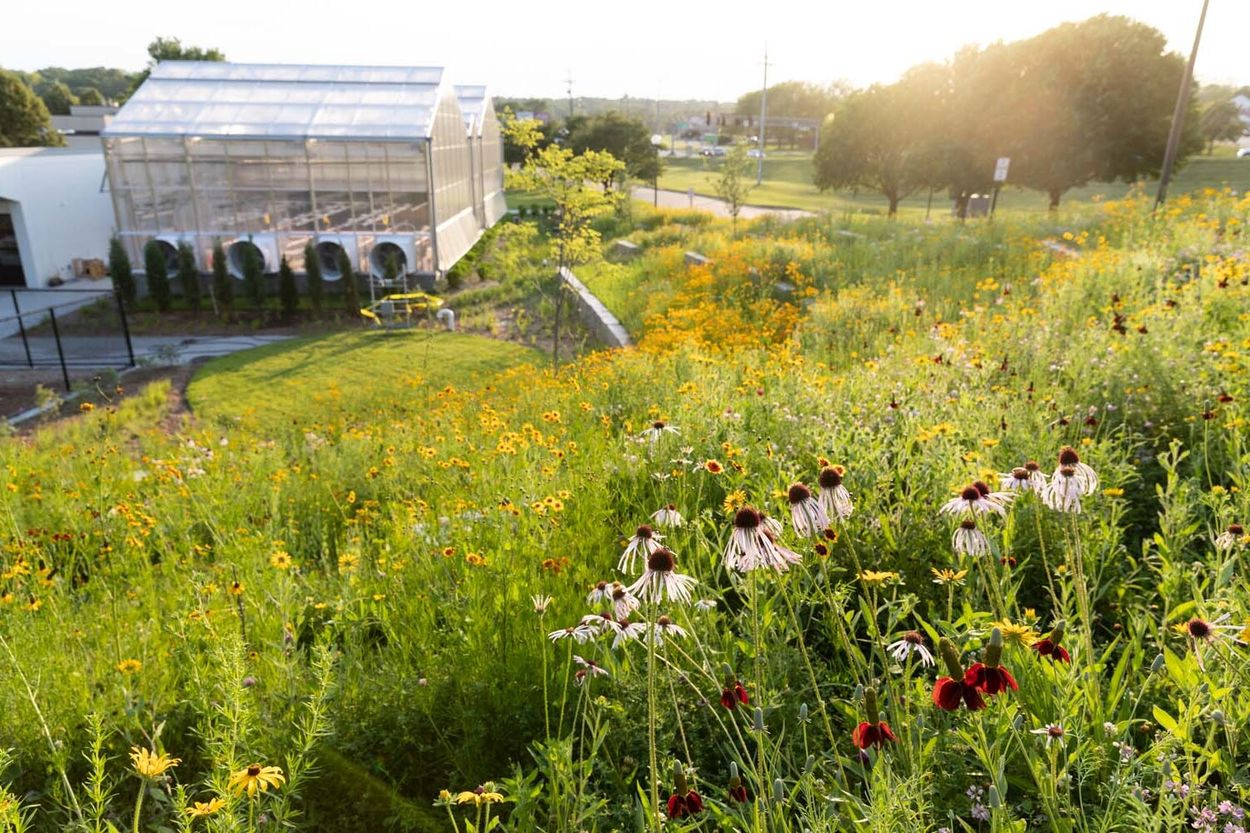
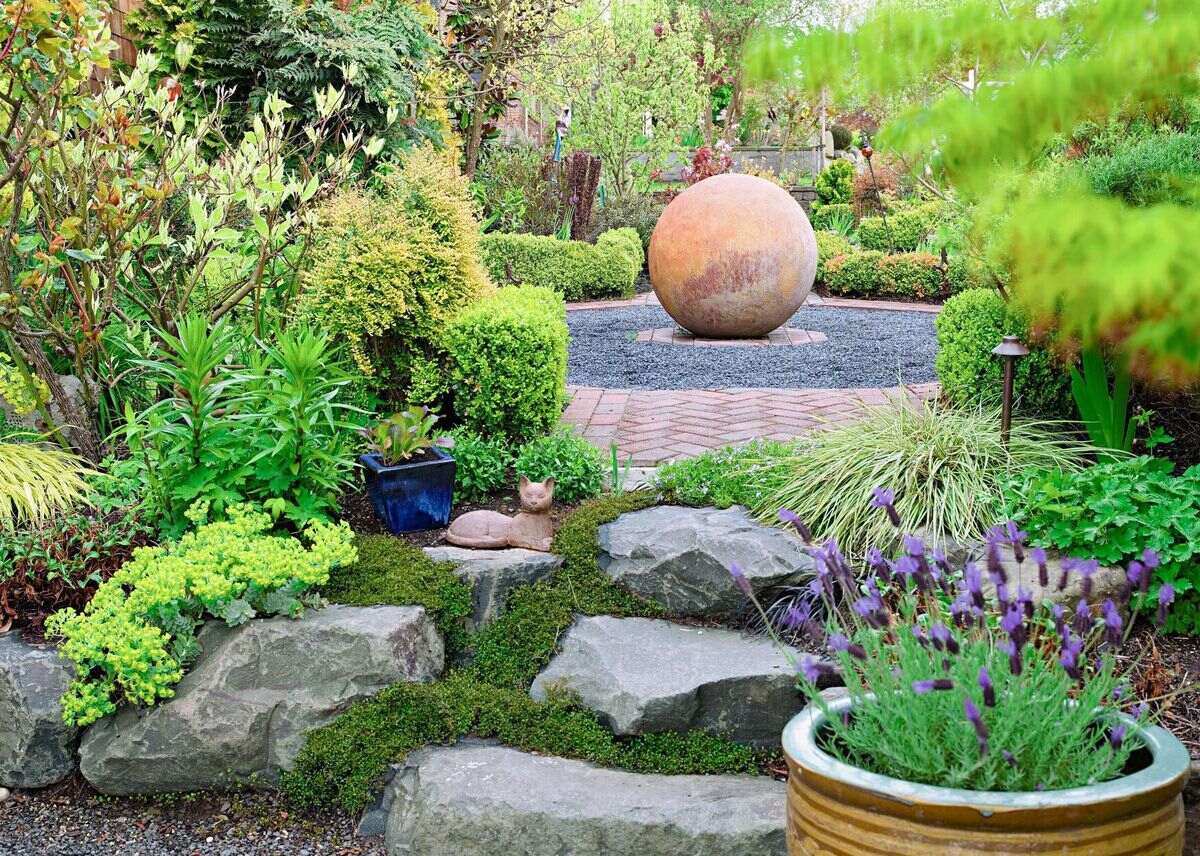
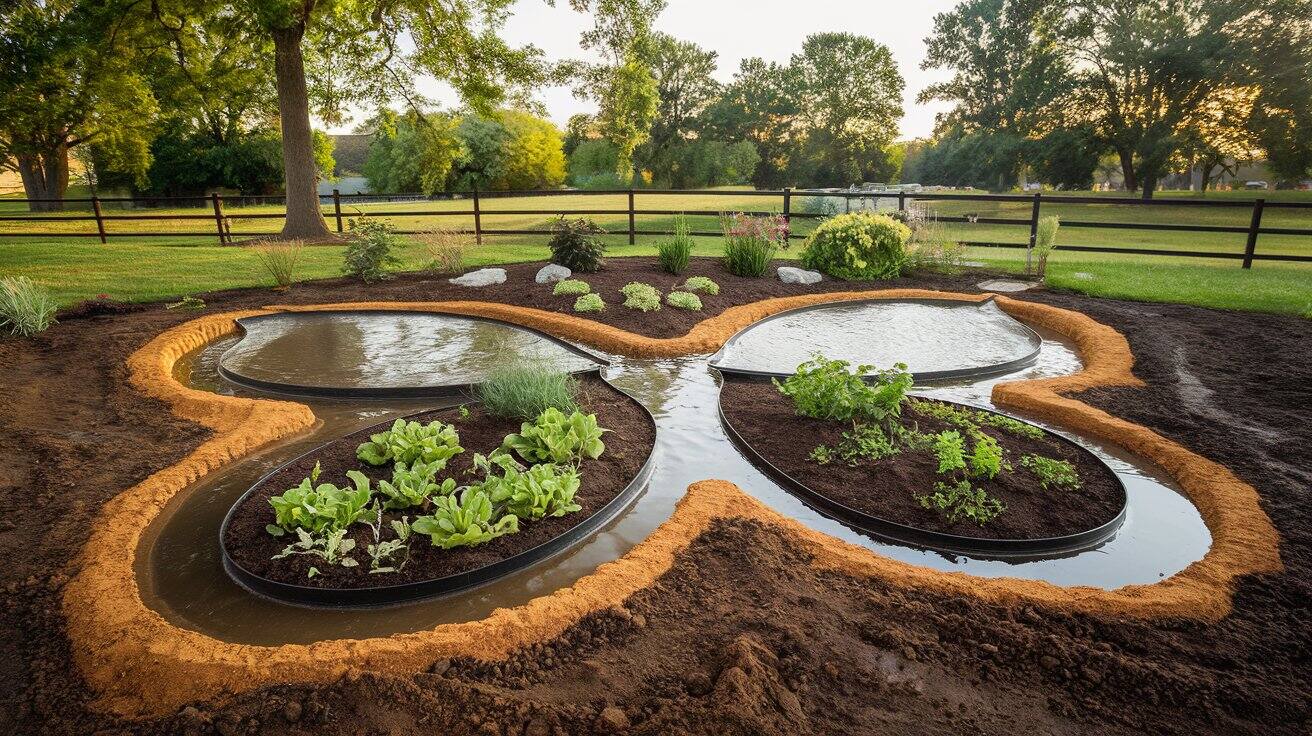
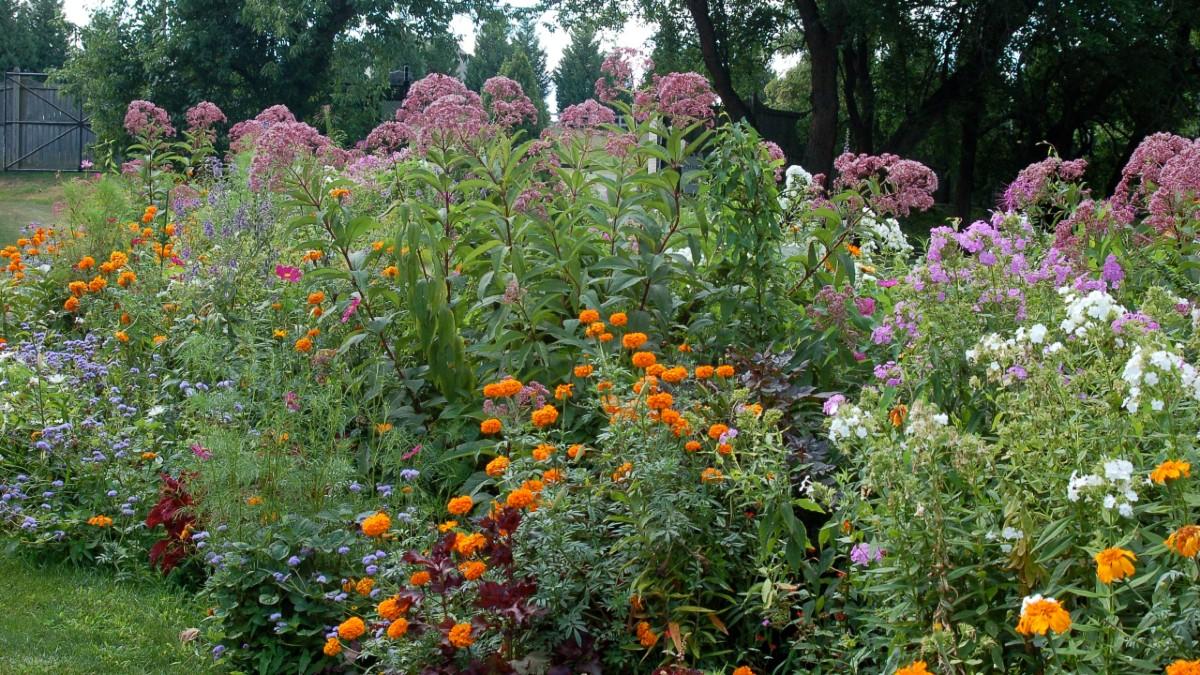
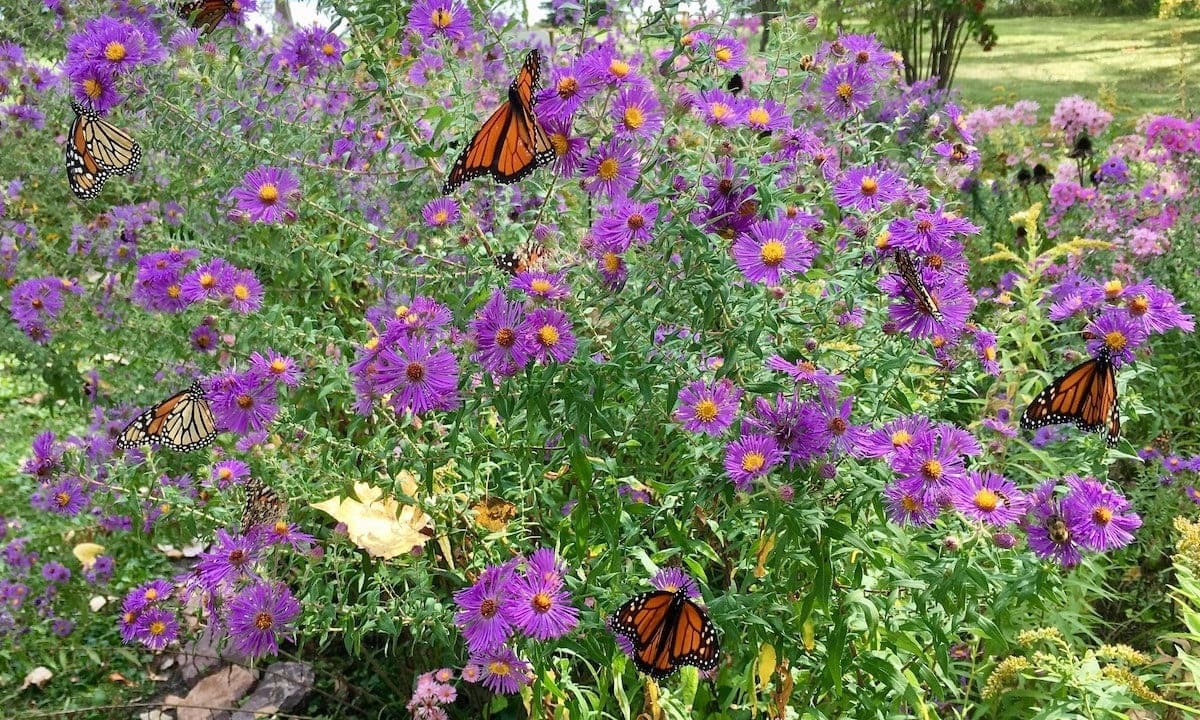
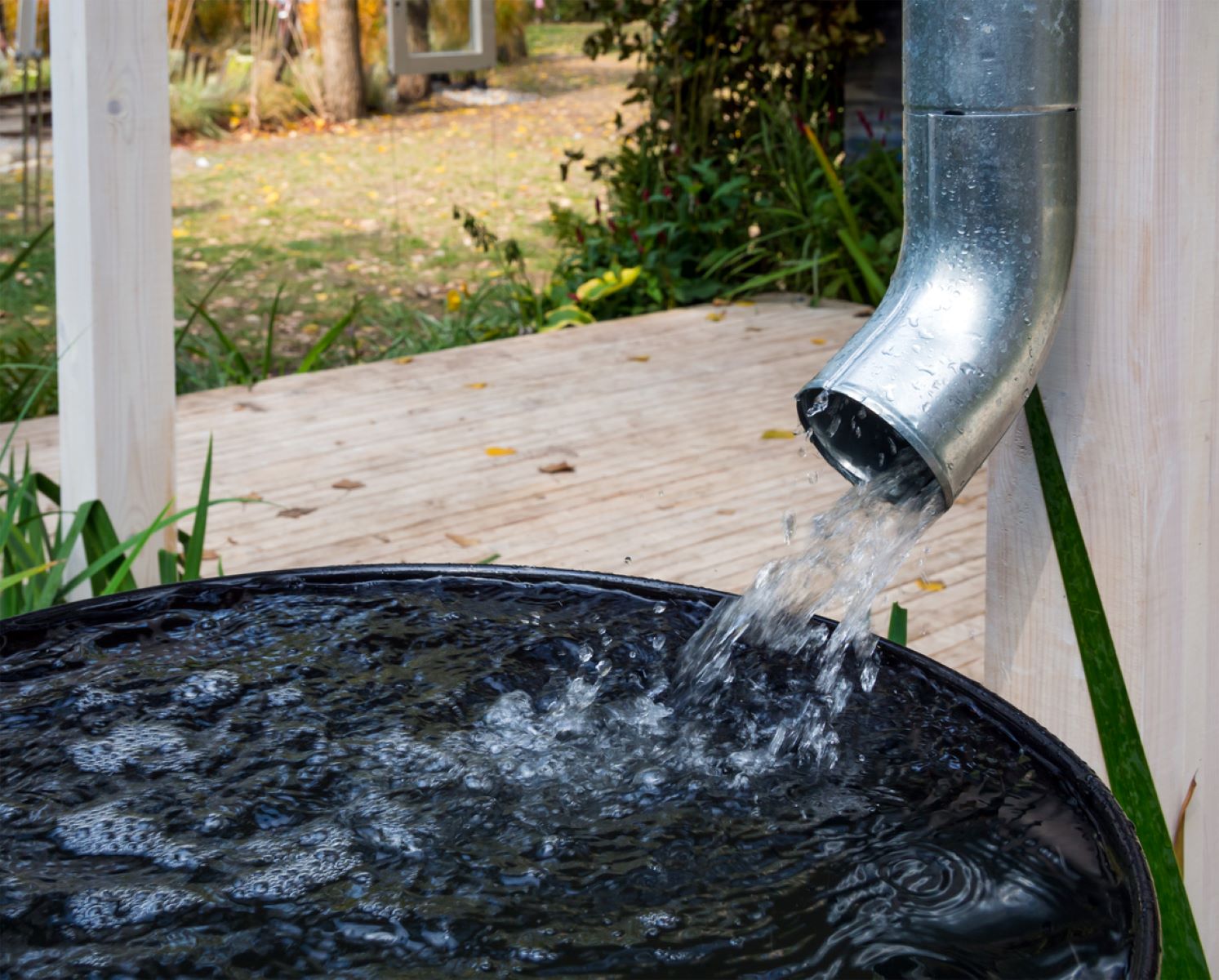
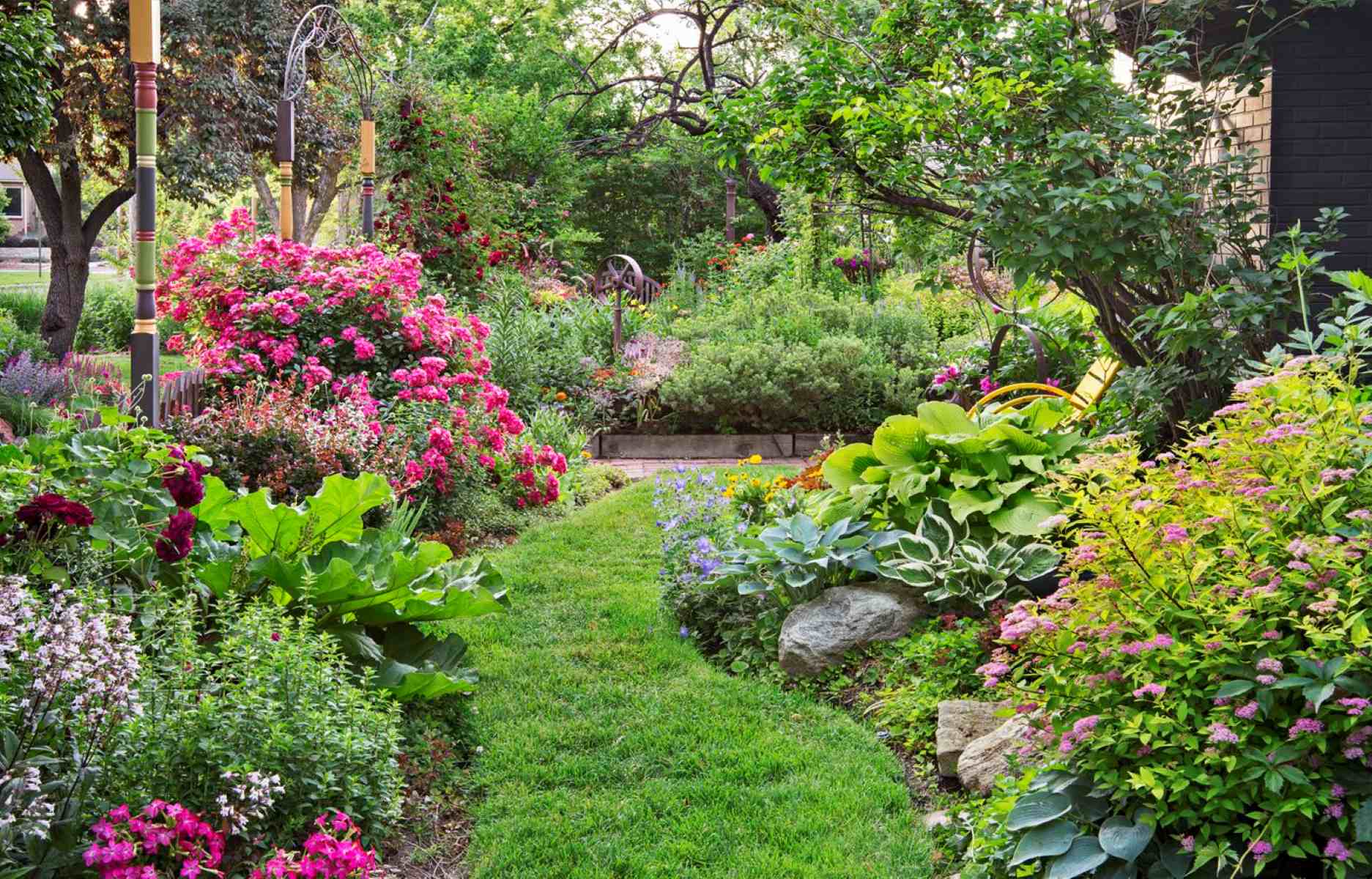
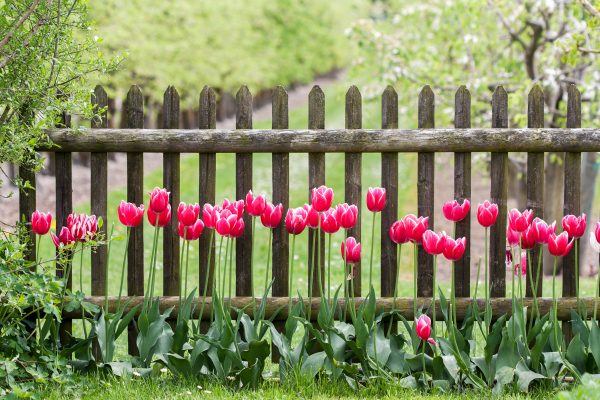
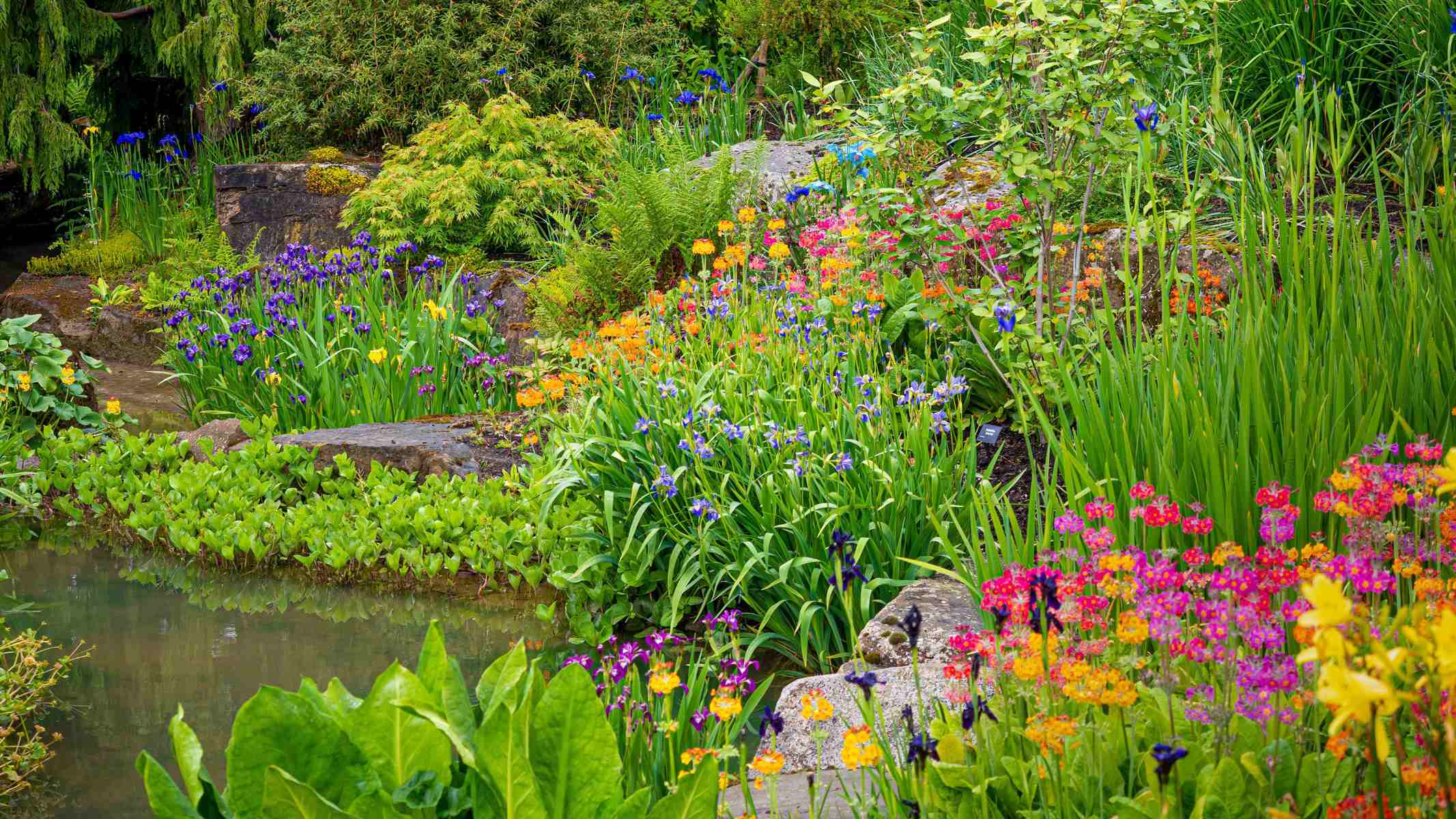
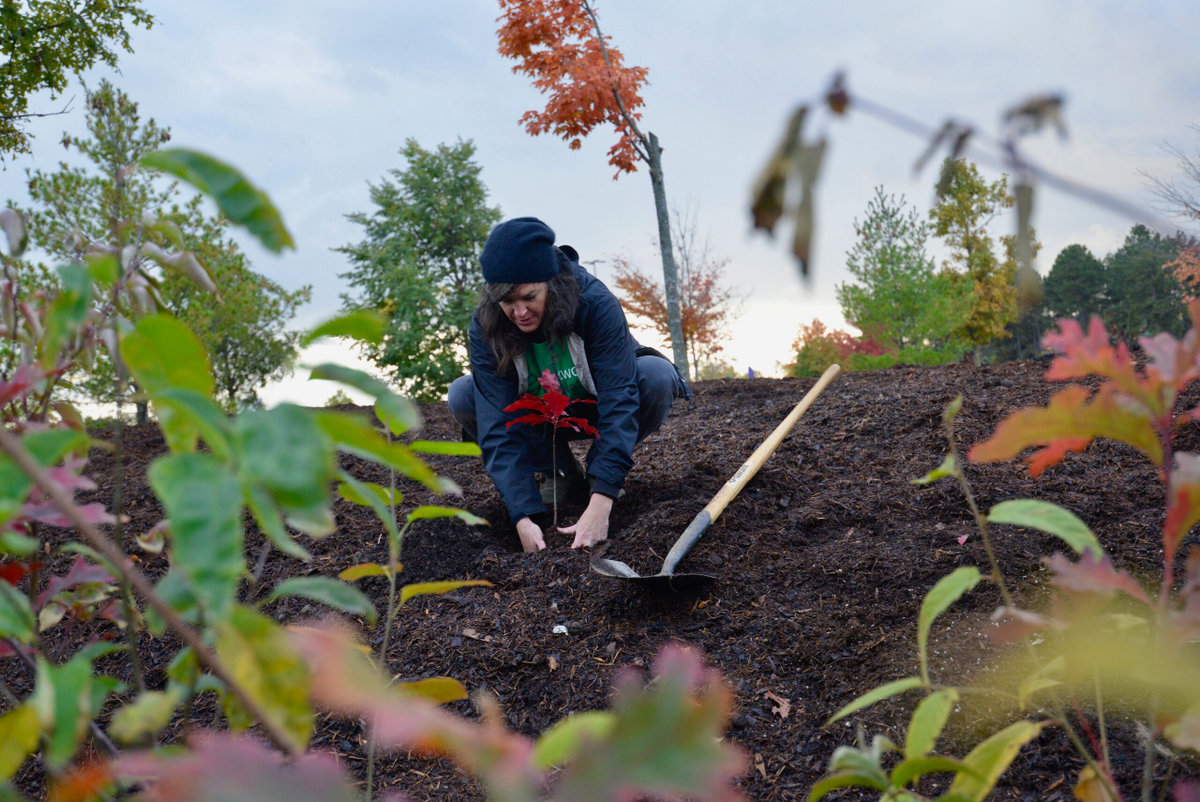

0 thoughts on “How To Design A Cottage-Style Rain Garden With Native Plants”